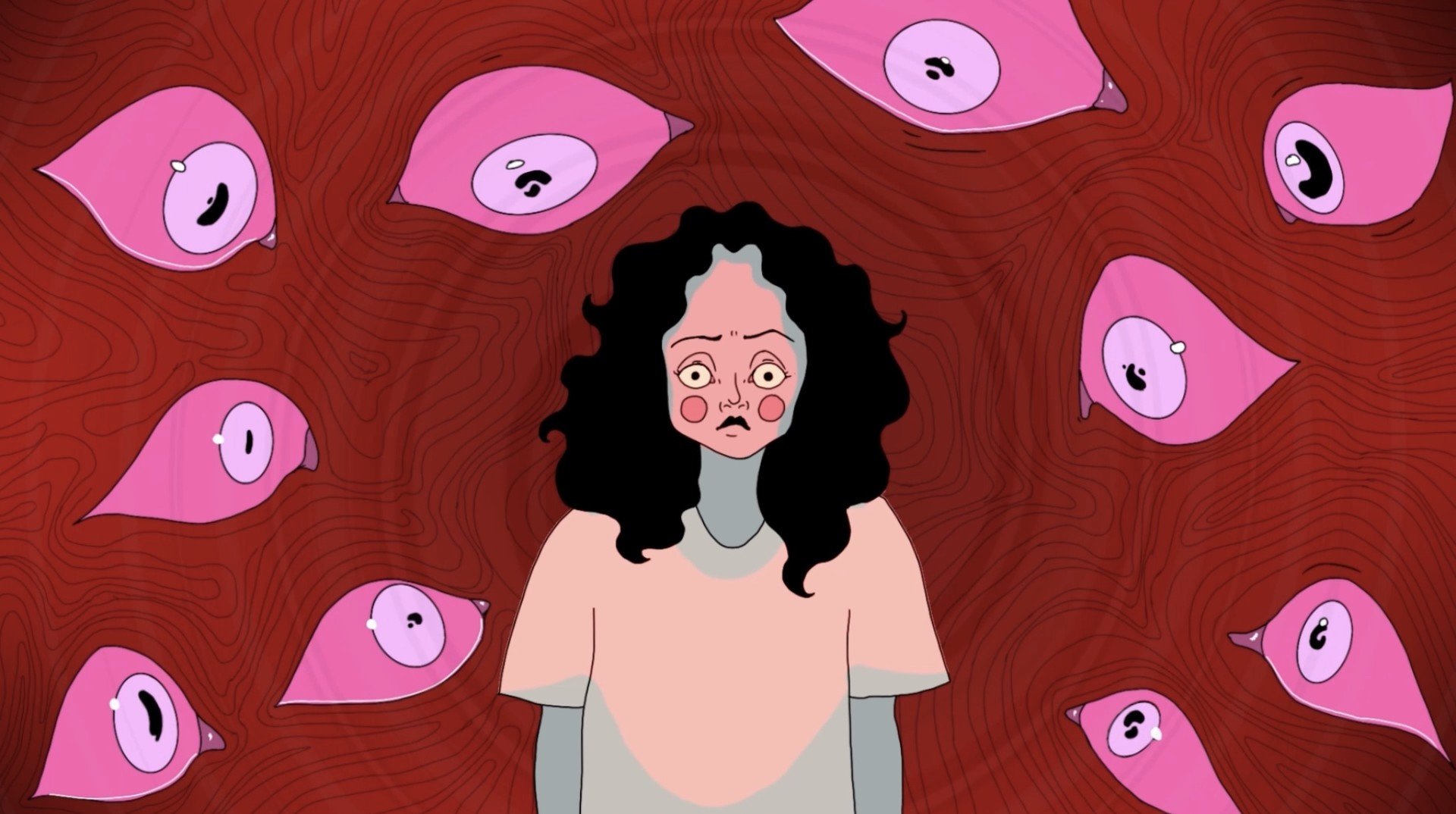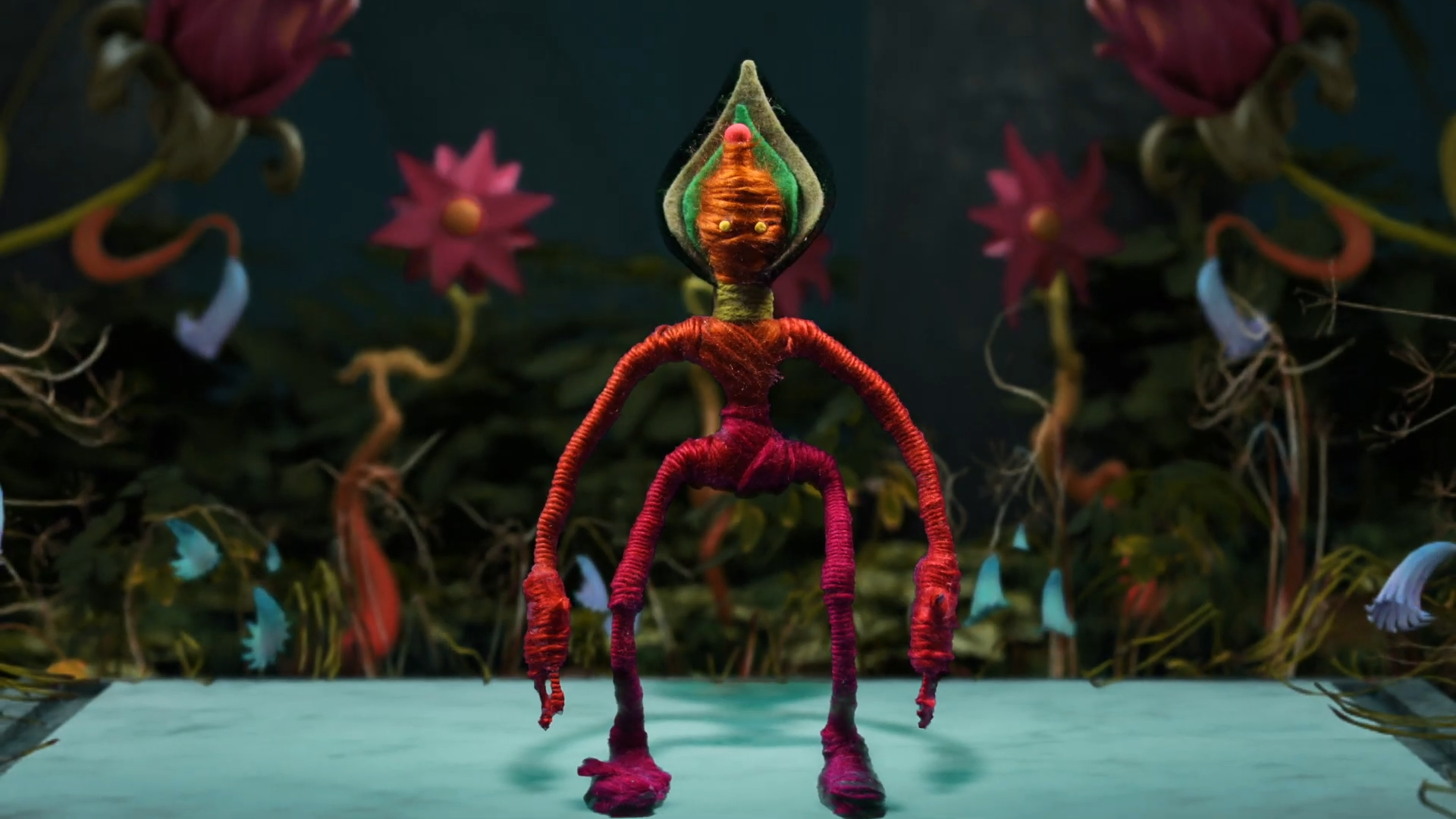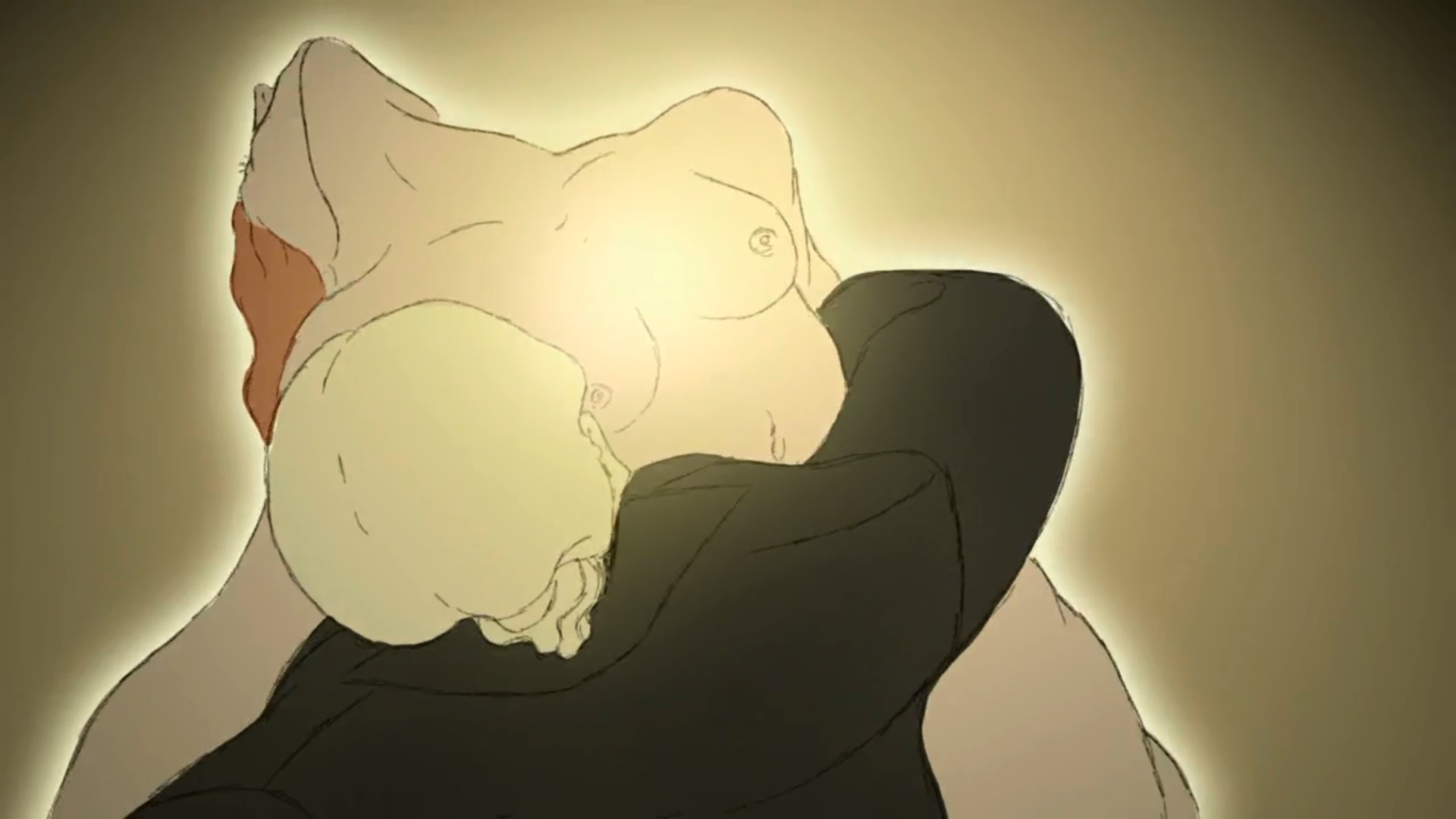Call It A Day
Directed by JIWOO LEE
United States of America, 2022
Drama
On the train ride home, an office worker becomes deeply immersed in a thrilling book.
Read our interview with Jiwoo below to learn more about the film.
JIWOO LEE
Est. Reading Time: 7 Minutes
MARK (M) Tell us a little about yourself - when did you become interested in film and filmmaking?
JIWOO (J) I just really loved watching many films and animations ever since I was little. Because I am a pretty sentimental person, I easily immerse myself in novels or films and they have a long-lasting impression on me. This means I should always carry some tissues around when I go to the theater but hey, I think it's a gift! Besides that, my mother worked in animation in Korea so she used to bring her work home and stay up late colouring. During that time, I wandered around and naturally saw ‘Tom and Jerry’ images getting coloured and moving frame-by-frame. Therefore, I would say I have always been exposed to film/animation. After realizing that drawing is my thing, I consistently wanted to create my own animations and stories so I can impress people like they have impressed me!
On Character Design
M It would be great to learn more about your process of designing the main character's appearance. His short, stocky body and crossed eyes reveals a lot about his personality.
Please tell us about your character design process - do you tend to start with certain features or aspects such as eyes or body weight? And how did the look of the main character in this film change and grow over time?
J This work was one of my school projects, so I had many restrictions on making it. One restriction was that we had to produce an animation that ran for less than 90 seconds. It was difficult for me to make a profound and meaningful animation in a short time so I decided to make a simple and fun story that everyone could easily relate to. As a result, the main target of the audience was office workers, so the protagonist was set as an office worker. His big nose, crossed eyes and arched eyebrows suggests that he had a slightly avuncular image and friendly personality. His untidy beard and eye bags represent a lot of stress and tiredness at work, which I think makes it easier for the audience to immerse themselves in the character!
J In terms of character design, I tend to draw the hair and head shapes first after organizing the character’s personality. Next, I draw the face with maybe some expressions and details, and I try to narrow down the character’s body shape. In particular, clothing can add details to the character’s personality without limiting body shape. In this film, the main character wouldn’t enjoy exercising so I drew his legs thin and flabby. However, by covering them with his thick coat, the character was highlighted in a square shape, helping build an image of stability and honesty in his personality.
J In the end, it is all about the character’s personality. I haven't studied enough yet but it is always a pleasing exercise for me to add more details to the characters. And yeah, there's a funny/sad story about changing the main character’s look. When I was in the concept development stage, I was thinking about making an animation with a realistic style. So I made a storyboard that had backgrounds and characters with this design and approach. However, as I mentioned above, this was a school project, I wanted to make a storyboard that I was perfectly satisfied with. I started to change the storyboard over and over again until everyone finished their first scene.
After I finished storyboarding, I realized there was no way to complete this project before the deadline because as you may know, realism needs a lot of time to animate. So I then decided to push the character design in a more cartoonish, bouncy and cute way. Eventually, I ended up with an expanded head and shrunken body.
On Editing
M I like the way your film's edited and pieced together! I would like to discuss the relationship between your scene transitions and the film's themes. For example, I love the transition of the main character stepping onto the train because it coincides with the thematic idea of the character stepping into a whole new world when reading the book. How deliberate were you in partly connecting scene transitions with the film's themes?
J Firstly, I'm glad that you pointed out the stepping scene. It's true that I put a lot of effort into this scene. For others, the subway is just a way home from a repetitive daily life but for the main character, it’s a place where he can read books and have some time to settle down and chill. The transition used in reading a book and becoming immersed makes the audience confused whether he is actually experiencing the scene or not. I wanted to use it intentionally so that the audience could gain greater enlightenment and empathy in the last twist. However, I decided to add the lighting component because the whole scene has to be connected naturally. The traffic light you see as the protagonist walks on the crosswalk connects to the subway light, and as the subway light begins to flash, it connects to the bedroom where he awakens in an engrossed headspace. I shouldn't confuse the audience too much, but I didn't want to show it too obvious, so I think I went through a lot of attempts until these results and details came out.
M Have any films and filmmakers particularly influenced your editing style? If so, what and who?
J It's quite difficult to answer if it's only in the editing style. The most noticeable screen transitions are jump cuts. A jump cut is a transition from one scene to another, or from one position to another, but at equal intervals. I learned this for the first time in high school and I was having thought about using it someday. And then, I faced a time limit this time, and I decided to make the best use of jump cuts and rhythmic edits because they also have the characteristics of shortening time and omitting. So any inspired film is hard to say, but I can say that I was gratefully influenced by my high school teacher and professor Fran who taught me basic editing skills.
‘Because I am a pretty sentimental person, I easily immerse myself in novels or films and they have a long-lasting impression on me’
— Jiwoo Lee
On Inspiration
M What are some of the films and who are some of the filmmakers that inspire you, and why? Let us know if you used certain movies as references for this film.
J In terms of films, I'm a huge fan of Christopher Nolan's work - The Dark Knight (2008), Inception (2010) and Interstellar (2014) are all ‘GOAT’ movies that I've watched many times. His films always leave me with a long-lasting impression due to the twists at the end of the stories. Along with him, I can't help but mention my other role model director James Cameron. Did you know that he spent a few years exploring and studying the deep ocean as background study for the production of Avatar 2 (2022)? His passion is phenomenal. People are always bound to be fascinated by the world of his films. So these two directors always give me a lot of inspiration and enlightenment.
Inception (2010)
Interstellar (2014)
The Dark Knight (2008)
On The Future
M What are you planning to make next?
J I'm going to make a new film each year as part of my school's course. Now, I'm expanding my interest in space. It's not a settled story yet but I want to draw a lot of fascinating and cool action sequences from outer space. It would be nice to be able to show you guys a film that is a step up from the previous one.
Last but not least, I would like to appreciate Mark for having an interest in my work and for conducting the interview! It was a pleasing experience for me. Like me, a one-man or small group of production directors have very bright possibilities and are spread all over the world. Your interest in my clumsy work is one of the reasons why a creator, who has to swim endlessly among countless talented artists, won't give up on creation. Because of you including people reading this article, they, the artists can grow bigger. I hope that people continue to discover small but valuable artworks (like gems) and spread them to other people around the world, leading to the growth of art and creativity!
Mark’s Final Thoughts
I really enjoyed learning more about Jiwoo's approach to designing the main character's appearance - he clearly understands the importance of relatability in drawing the attention and interest of viewers. I particularly liked his explanation of drawing and costuming the main character in a ‘square’ shape to convey his sense of honesty and stability.
Using the traffic, subway and bedroom lights to connect several scene transitions is very clever and effective - I don't think it feels repetitive because the traffic light transition doesn't set up an automatic expectation of similar transition techniques. The moments immediately after where the main character walks and sits on the seat kind of allows you to reset your expectations before being surprised again by the transition from the subway light to the bedroom light.
Want to Learn More? Click here for Jiwoo’s insights into designing the film’s intricate visual style as well as overcoming perfectionism in the development phase of your project.
The founder of Hommage, Mark Shaba published this interview on 20.10.2022 Mark is a filmmaker from Victoria, Australia. He respectfully acknowledges the past and present traditional owners of the land on which he creates, promotes and screens art, the Wurundjeri people of the Kulin nation who are the custodians.
























